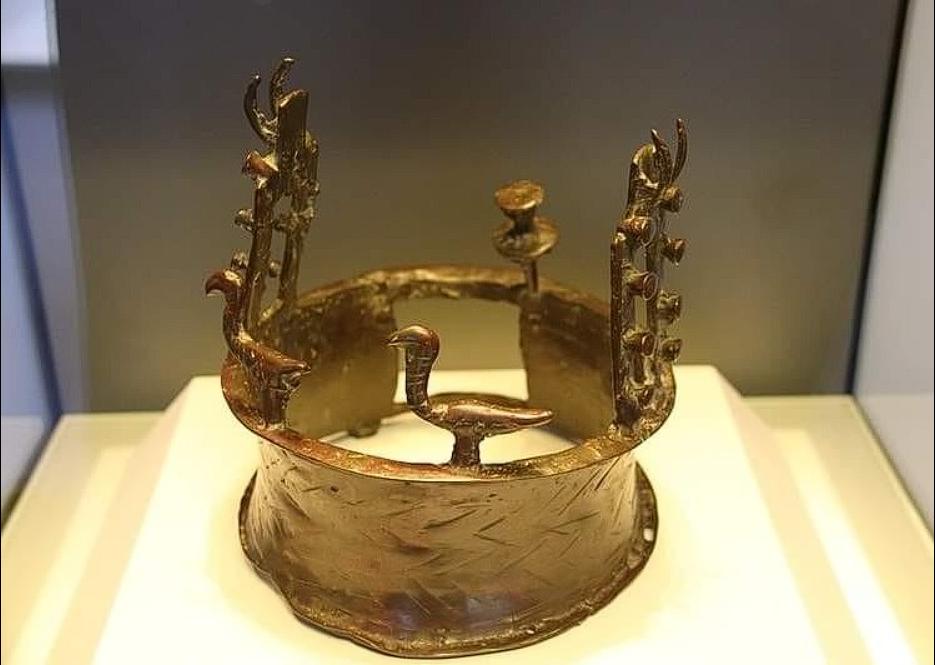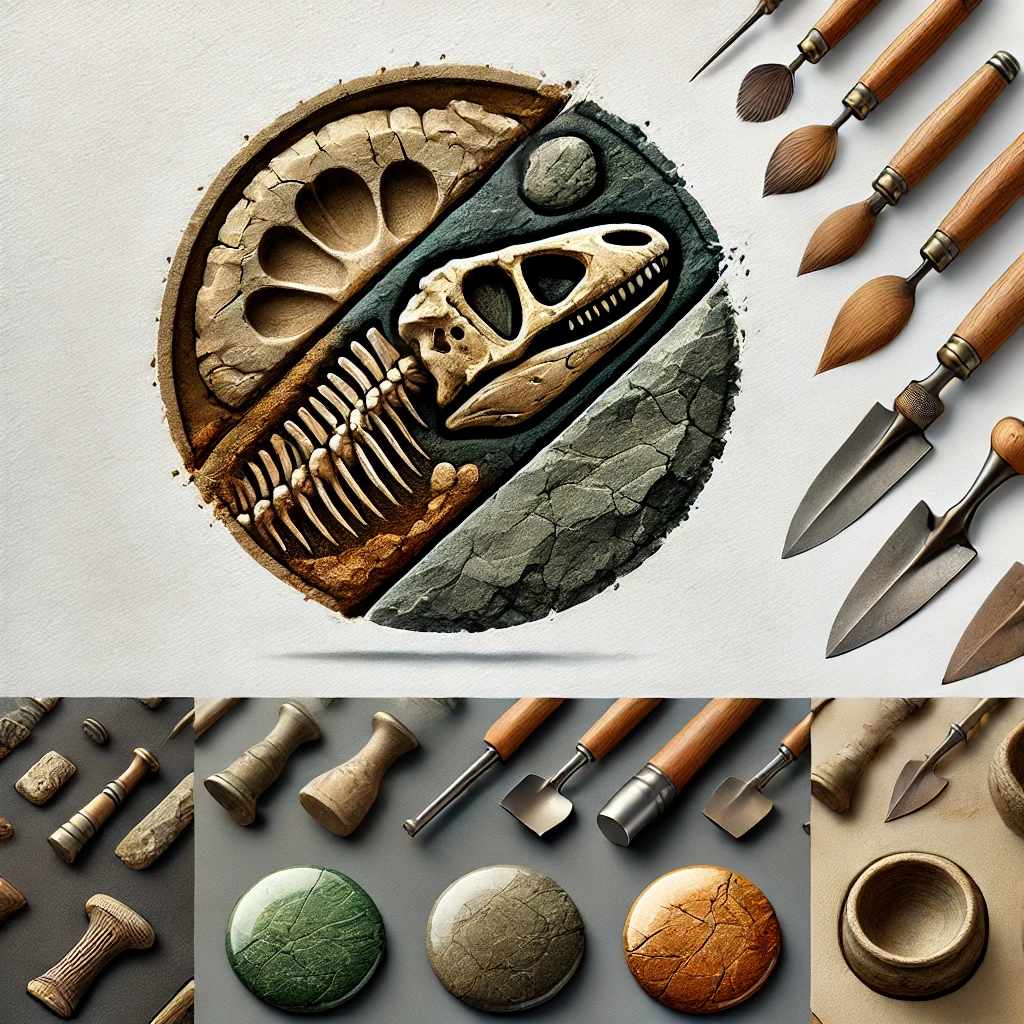Picture this: a dusty cave near the Dead Sea, 1961. Archaeologists stumble upon a hoard of ancient artifacts, and among them, a copper crown. Not just any crown, mind you—the oldest one ever found, a 6,000-year-old relic whispering tales of ritual, power, and the afterlife.

A Glimpse into the Copper Age: “A Testament to Ancient Craftsmanship”
- The Nahal Mishar Hoard: “A Remarkable Artifact”:
- Found in the Judean Desert, the Nahal Mishar Hoard was a treasure trove of Copper Age artifacts. 1 “It was like opening a time capsule,” describes archaeologist Dr. Ilana Stein. “And at the heart of it, this crown, a remarkable artifact that rewrites our understanding of early metalworking.”
- This wasn’t just a find; it was a revelation, a window into a world where metal was transforming society.
- Dating Back to 4000–3500 BC: “A Link to the Distant Past”:
- Dating back to around 4000–3500 BC, this crown is a relic from a time when copper was king. “Imagine the hands that shaped this crown, the people who wore it,” says historian David Levy. “It’s a tangible link to a distant past, a connection to our ancestors.”
- This wasn’t just old; it was a bridge across millennia, connecting us to the dawn of civilization.
- The Lost Wax Method: “A Sophisticated Technique”:
- Crafted using the lost wax method, a sophisticated technique for metalworking, the crown stands as a testament to the advanced skills of early metalworkers. “This wasn’t just hammering metal; it was artistry, a mastery of a complex process,” explains metallurgist Dr. Rachel Cohen. “It shows they were far more advanced than we often assume.”
- This wasn’t just craftsmanship; it was innovation, a display of early human ingenuity.
Symbols of Power and the Afterlife: “Hints of Ceremonial Use”
- Vultures and Architectural Elements: “A Striking and Mysterious Design”:
- The crown’s design is both striking and mysterious, featuring protrusions depicting vultures and architectural elements resembling building façades. “These weren’t just decorations; they were symbols, powerful images with deep meaning,” says anthropologist Sarah Klein. “The vultures, especially, hint at a connection to death and the afterlife.”
- This wasn’t just a crown; it was a symbol of power, a representation of the wearer’s status and beliefs.
- Ceremonial Use: “Likely in Burial Rituals”:
- The unusual features suggest the crown’s possible ceremonial use, likely in burial rituals for individuals of high status. “It wasn’t an everyday object; it was reserved for special occasions, for rites of passage,” explains ritual specialist Dr. Jacob Weiss. “It speaks to the importance of ceremony in their society.”
- This wasn’t just an artifact; it was a key to understanding ancient rituals, a glimpse into their spiritual world.
- A Link to Ancient Beliefs: “Crucial Insight into Customs”:
- The crown provides a crucial link to the customs and beliefs of people living in the region over six millennia ago. “It’s not just about the crown; it’s about the people, their lives, their fears, their hopes,” says archaeologist Claude Girard. “It breathes humanity into a distant era.”
- This wasn’t just a discovery; it was a connection, a way to understand the minds and hearts of our ancestors.
Conclusion:
The 6,000-year-old copper crown from the Dead Sea cave is more than just an ancient artifact; it’s a story told in copper and symbols. It’s a testament to the advanced skills of early metalworkers and a window into the ceremonial life and beliefs of a people who lived millennia ago. And as we continue to study it, we’re not just uncovering a crown; we’re uncovering ourselves.

CÁC TIN KHÁC
Mary Walton: The Forgotten Inventor Who Helped Clean Up America’s Cities
Tomb of Queen Nefertari in the Valley of the Queens, Egypt
Discover the Hypostyle Hall of the Temple of Hathor at Dendera
Venus de Losange: Unveiling the Mystery of a 20,000-Year-Old Paleolithic Icon